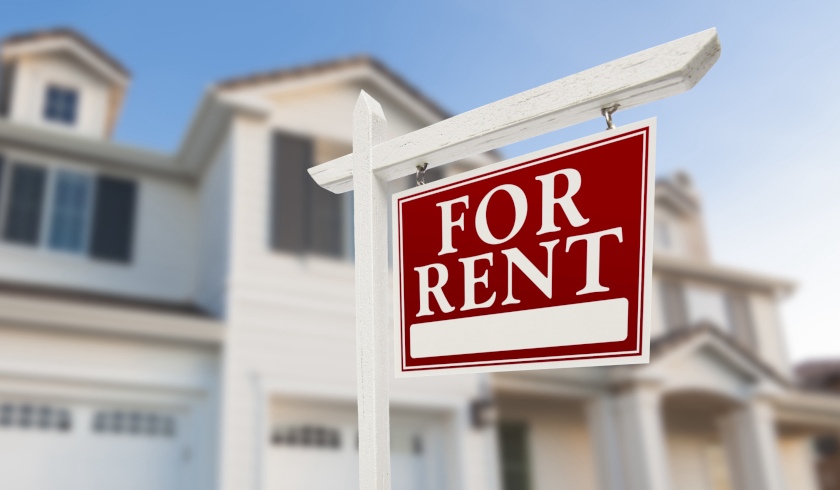Investors keeping rents high across the country
Fresh data has found that more and more Aussies are opting to rent, driving up prices for landlords.

According to the Rental Affordability Index report from National Shelter, Community Sector Banking, SGS Economics & Planning and the Brotherhood of St Laurence, the number of Australians renting has increased from 25 per cent of households to 30 per cent between 1995 to 2015.
The shift towards renting, the report claims, is due to the introduction of the capital gains tax reduction and negative gearing in the 1990s, which resulted in investors pushing out owner-occupiers, pushing those would-be owner-occupiers into the rental market.
The current state of interest rates and a widening income inequality have further emphasised the rise in renting, while more middle- to high-income households are renting longer, which drives rents up further.
“There is less social and affordable housing stock available than there once was a decade ago. As a result, more low-income Australians are pushed into the private rental market and pay unaffordable rents,” the report noted.
“As it stands, 44 per cent of all low-income households are in housing stress, compared to 35 per cent in 2008.
“This rises to 51 per cent for households in NSW, or 62 per cent when considering just households in the bottom income quintle.
“For investors, vacant properties are still worth holding on to and are often held on to for long-term capital gains.”
Which capital city has the highest proportional rents?
According to the report, the Greater Hobart is the least affordable capital city in all of Australia to rent in for a tenant, with a rental affordability index (RAI) of 101 as of June 2018. This is considered to be unaffordable for the median rental household.
This disparity comes from household incomes being lower than the national average, while rents are more aligned with averages found on the mainland, the report stated.
Next in line is Greater Sydney, although the report noted that it has marginally improved since December 2017 with an RAI of 113, with its failings in low-income households and general unaffordability.
Following this was Grater Adelaide with an RAI of 114, which has remained around this point for around 18 months, then Greater Brisbane with a RAI of 123 due to rental affordability progress made in early 2017. This is followed by Greater Melbourne with a RAI of 127, which has remained consistent with 2017 levels, then the ACT with a RAI of 128, although this figure has been in decline since the December quarter of 2018.
Greater Perth was considered to be most affordable in terms of rental affordability with a RAI of 144, and has done so for the last quarter of 2017.
